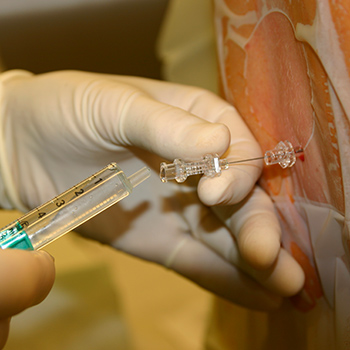Keywords
Aseptic meningitis, drug-induced aseptic meningitis, ropivacaine, bupivacaine
Abstract
Meningitis is a very uncommon complication of spinal anesthesia, and drug-induced aseptic meningitis (DIAM) is even rarer. We present two cases of DIAM following spinal anesthesia with bupivacaine and ropivacaine, respectively. The patients presented shortly after the procedure with typical meningitis symptoms. Since CSF (cerebrospinal fluid) analysis could not initially exclude bacterial meningitis, they were started on empirical antibiotics.
CSF was subsequently found to be negative for viruses and bacteria in both cases, and antibiotics were promptly stopped. Both patients improved rapidly and without neurological sequelae. While it remains a diagnosis of exclusion, it is important to be aware of DIAM as recognition of the condition can lead to shorter admission times and avoid unnecessary use of antibiotics.
References











